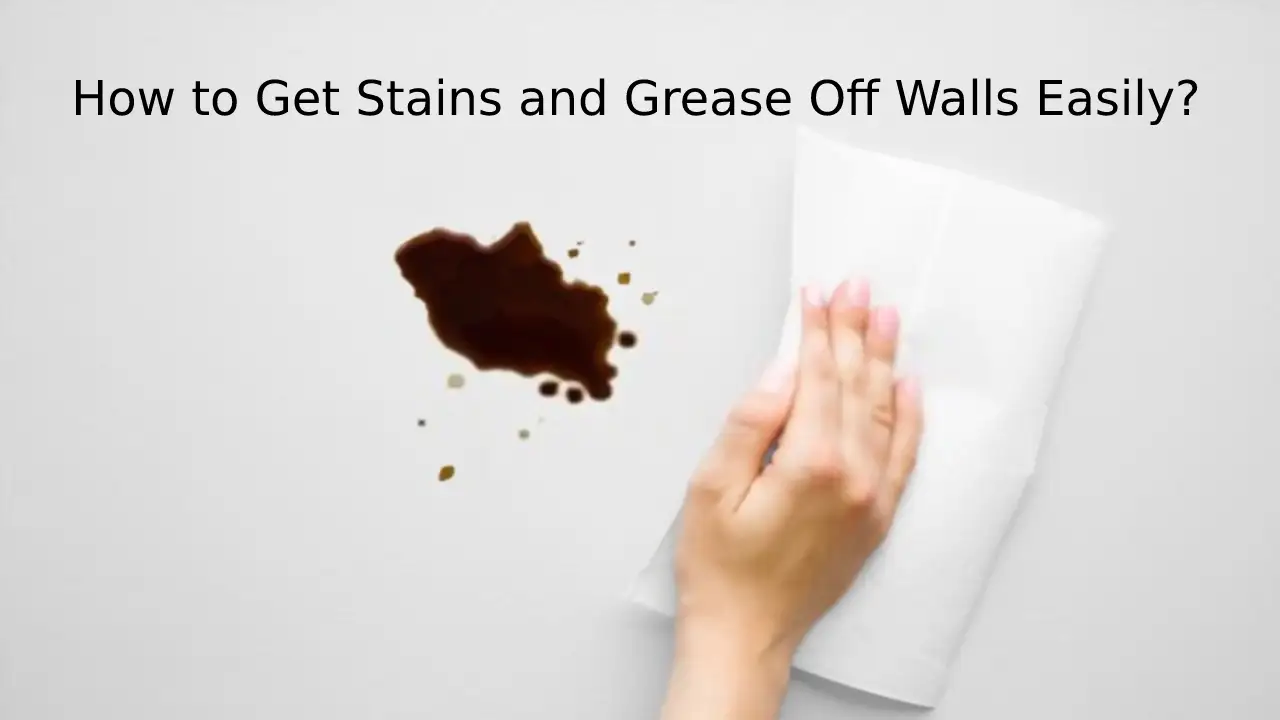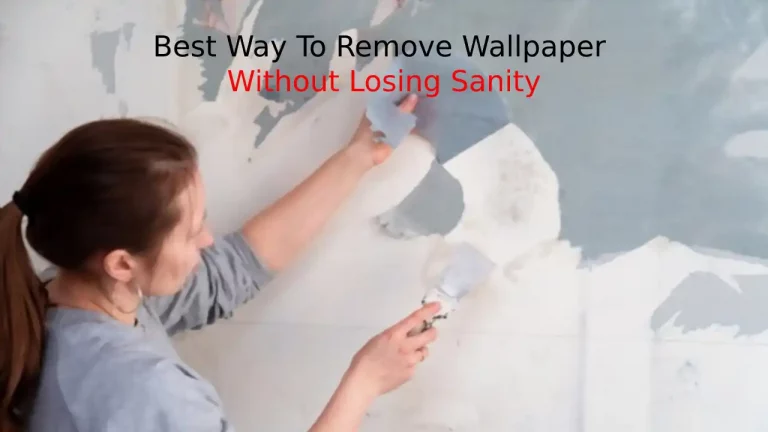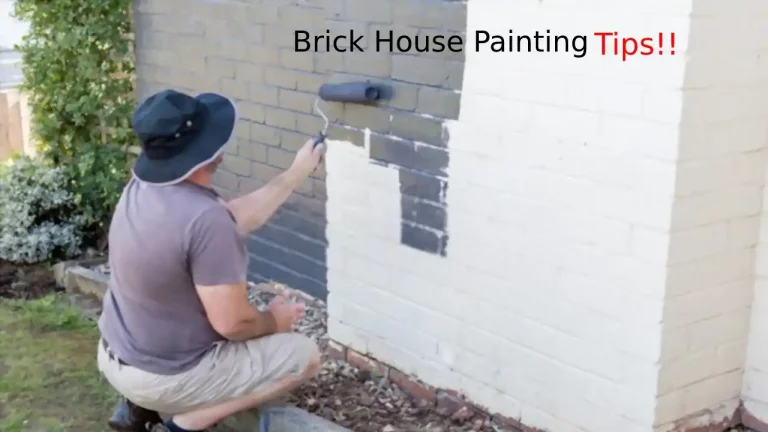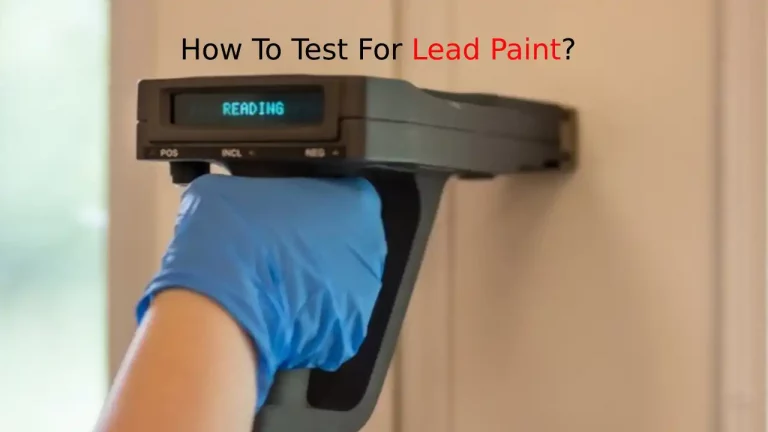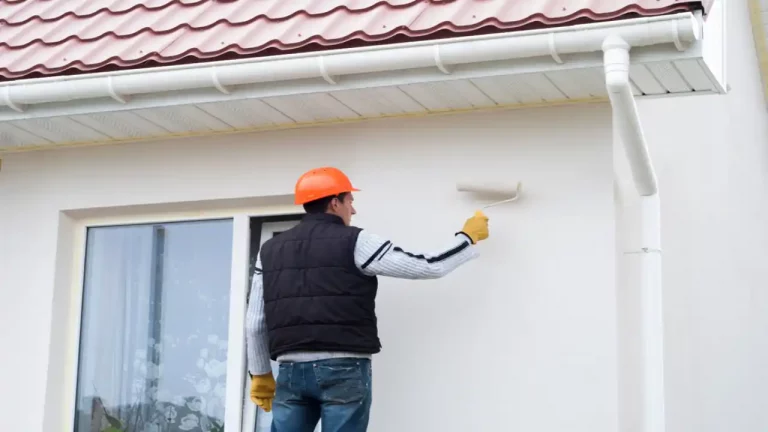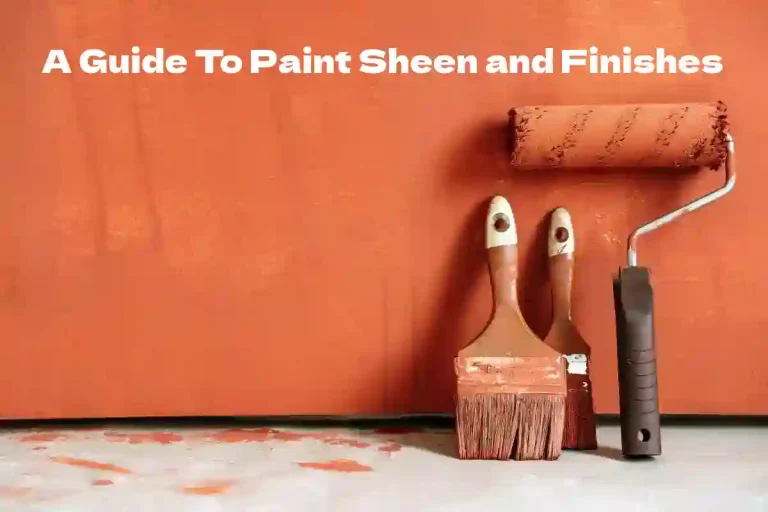Greasy walls can be a nuisance to deal with. They’re sticky, slippery, and just plain dirty. And to further ruin it for you, water doesn’t clean grease. So, how to get stains and grease off walls easily?
You can get grease off walls using basic household items, such as white vinegar, dish soap, or baking soda. If you don’t want to waste your vinegar on your walls, you can instead use TSP or ammonia cleaning solutions.
Generally, we find grease stains in kitchen, watermarks, and kids’ crayon and ink wall art (if you have kids) in your home.
Here are five different methods to keep your walls clean of grease and other stains.
How to Get Stains and Grease Off Walls – 5 Effective Methods
There are multiple methods to remove grease and its stains from your walls. All of them are pretty time-efficient, too, so you won’t have to spend all day cleaning your walls.
Method 1: Use White Vinegar
White vinegar is a classic, old-fashioned solution to a multitude of issues. Do you have a dirty wall? Use white vinegar. A blocked sink? Vinegar. You can even use it to take a splinter out, but that’ll probably hurt.
You should use white vinegar if the grease has been on the walls for a long time and it’s staining. Stains aren’t easy to remove, so chances are the dish soap won’t get them out.
For this method, you’ll only need vinegar and water. Grab a large bowl, and mix equal parts of both. Next, pour some of it into a sprayer bottle.
You can apply it using anything else if you like, but vinegar has a pungent smell. You don’t want that on your hands or splattering on your furniture, so a sprayer bottle is the way to go.
Spray the solution on all the stains, leave them for a couple of minutes, then start wiping with a rag. If the smell bothers you, you can repeat the previous method after finishing this one.
Method 2: Use Dish Soap
Sometimes, the easiest solution is right before your eyes, but you don’t know it. Dish soap has proven to be an excellent agent for removing stains because it’s a natural degreaser. Plus, you end up with a nice smell on your wall, so it’s a bonus.
For this method, you’ll need some dish soap, warm water, and a sponge.
To begin with, create a cleaning mix of warm water and dish soap. The right formula should be a ¼ spoon on each water cup, but you can change it according to the severity of the situation.
Mix both in a large bowl or a bucket, then dip your sponge inside. Afterward, start rubbing the sponge on the wall in round motions.
You’ll find the grease easily disintegrating and coming onto the sponge. Dip it in the water again and continue until you cover the whole wall.
Bear in mind not to go too harsh if you have wallpaper. You don’t want it to scrape off and leave a scar.
After you’re done with the greasy part of the wall, grab a rag or an old cloth and wet it. Then, wring it well and start wiping the soapy water off your walls. All should be well then.
Method 3: Use Baking Soda
Baking soda is highly efficient in cleaning stains because it degreases them. If you have some stubborn stains on your painted wall, create a solution of baking soda and water. Add equal parts of each in a large bowl and stir. The baking soda will create a paste with the water, which you can then use for cleaning the walls.
All you have to do is apply the paste, then leave it on the wall until it completely dries. Afterward, remove it with a soft rag, and you’ll see that the grease is gone. You’ll find some remnants, so you can wet a cloth and wipe the wall down with it.
Method 4: Use Ammonia
Ammonia is one of the best substances to use for cleaning for multiple reasons. For one, it’s known for its ability to break down grime and grease stains. It’s often the cleaning solution of choice when people want to clean animal fats.
On top of that, ammonia doesn’t stick on walls. It evaporates instantly, so it doesn’t leave behind annoying streaks.
To use ammonia for your greasy walls, mix one cup of it with half a cup of apple cider vinegar and some baking soda. Then, add warm water to the solution and stir. The water amount depends on how dirty your walls are. If they’re okay, you can add a gallon of water for considerable dilution.
Dip your sponge in the mixture and rub the walls with it, then rinse with water. Ammonia doesn’t leave streaks behind, so you won’t have to use a lot of water.
Method 5: Use a Cleaning Solution
For cleaning walls and different surfaces, most people use trisodium phosphate, or TSP for short. The thing with TSP is its effect is strong and instantaneous, so it’s the choice of many.
However, bear in mind that you’ll have to wear gloves to deal with TSP because it may be harsh on your skin because of its abrasive nature.
When you buy the TSP, you’ll find cleaning instructions on its bottle. They’ll tell you how much water to add to create a cleaning mix. After you add it, spray it on the greasy area of your wall, and let it sit for a few minutes. Afterward, clean it with a rag, making sure to keep your gloves on.
Keep in mind that TSP must be diluted before putting it on your wall. Otherwise, it may dissolve the layer of paint gloss if your wall has any. It should also be only used in severe cases with old stains.
The Takeaway
Greasy stains are hard to get off the wall, especially if they’ve been there for some time. Unfortunately, you’re prone to a lot of these if you have kids. Even if you don’t, kitchen walls almost always have stains all over.
Now, you know how to tackle them easily.

